‘Inflated view from a balloon over Gutter Lane’
Ian Blair
The group of photos that follow this post were taken on Gutter Lane (ABC87) in 1988, soon after the up to then ‘missing’ amphitheatre had been formally identified on the Guildhall Art Gallery (GAG87) site.
I took the photos after climbing up the site tower crane on our final weekend, so they are essentially a series of panoramic aerial views of the skyline of the City of London at that time. The clock on Saint Paul’s Cathedral, long-since frozen in time, shows it was 6.12pm in the evening. I was not alone in making the long climb, as several of the other archaeologists subsequently followed me, and at one point there were at least four to six of us standing on the gantry on the rear arm of the crane. It goes without saying that we were in sole occupation of the site at the time, which was the reason why our spontaneous site outing took place.
As part of this enterprise I had for reasons unknown thought what a great thing it would be to fill the drivers cab at the top with balloons, which is precisely what we did. Collectively, we spent a good couple of hours on site blowing the things up during our breaks. To get them up to the top of the crane they were hauled up the side of the tower in a net on the end of a very long length of string, and then had to be painstakingly fed one at a time through the trapdoor into the cab. Because the door was in the floor, it was effectively like trying to push the things into an open loft-space above your head, whilst keeping the hatch partially closed to stop them simply floating out again!
To alert ‘Jim’ the crane operator to the fact that something was afoot, we tied a number of balloons to the outside of the tower, which he would have passed on his slow ascent to his place of work on Monday morning. One of these ‘marker’ balloons can be seen fluttering around in the corner of the downward views of the site, which also features three unidentified archaeologists on Terra Firma far below.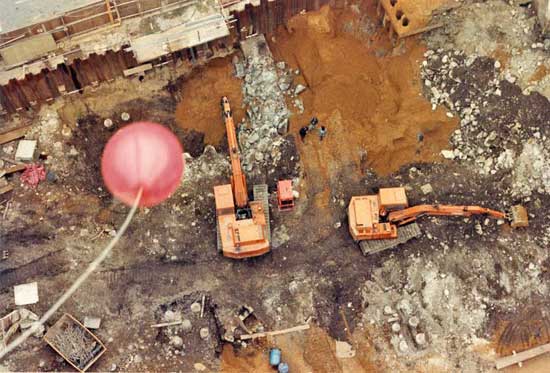 Red balloon tied to the access tower of the Gutter Lane crane, three archaeologists can be seen on site far below (names on a postcard please?)
Red balloon tied to the access tower of the Gutter Lane crane, three archaeologists can be seen on site far below (names on a postcard please?)
In the weeks that followed, the balloons could clearly be seen when you looked up at the crane from the surrounding City streets, as Jim had gathered them together in a big bunch in the back of his cab. Funny old times!
Postscript: After the completion of the Gutter Lane excavation I spent two months working at the Roman City of Nicopolis Ad Istrum in Bulgaria, where I received a letter from conservator Dana Goodburn-Brown dated 18th July 1988. Dana was very much one of the site team and had lifted the Roman mosaic we found on site.
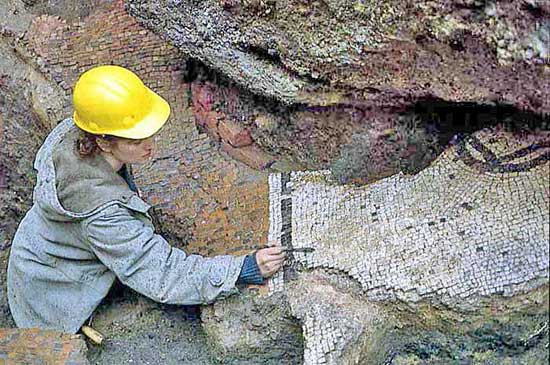 Angela Pertusini and heavily slumped Roman mosaic which was lifted on site by DUA Conservator Dana Goodburn-Brown
Angela Pertusini and heavily slumped Roman mosaic which was lifted on site by DUA Conservator Dana Goodburn-Brown
During my absence she had met and spoken to a few of the contractors we had worked with including Jim the crane operator. It seems that the archaeologists were not the only ‘out-of-hours’ visitors to his lofty perch in the sky, as it transpired that subsquently ‘Jim had his ghetto blaster stolen from his crane cab – apparently the City police came round, looked up at the crane, said they didn’t believe him, and left.’
Thirty-five years on: a review of the Gutter Lane photos in 2023
When the aerial views from the top of the tower crane on Gutter Lane were first posted they were not captioned which is something that I have now sought to address. Whilst initially I thought of simply adding a short description and a direction of view, the more I looked at them, the more I was progressively drawn into the detail that the photos contained, and somewhat foolishly decided to try and identify the featured buildings: be they City tower blocks, other smaller recognisable buildings, or simply the projecting spires or towers of hidden City churches. The photos having been taken thirty-five years ago, it was now readily apparent to me just how much the City of London skyline had changed in the intervening years, to the point where large parts of it are now barely recognizable, and buildings that featured have long since vanished, or been given brand new exoskeletons as camouflage.
It is strange to muse that at that time, the Bankside Power Station was simply a redundant power station and not the Tate Modern, and had no ‘wobbly-bridge’ to connect it to the north bank, Paternoster Square was still a soulless concrete jungle and the after-hours playground of archaeologists and their various eclectic sporting endeavours, and the heart of the City was still yet to be decimated by two massive IRA bombs, the first outside the Baltic Exchange in St Mary Axe on Friday 10th April 1992, and a year later on Saturday 24th April 1993, when an even larger truck bomb detonated on Bishopsgate: I remember hearing the blast from my garden in Walthamstow eight miles away. Coincidentally, at that time I was working on David Lakin’s site at 34-5 Great St Helens just off Bishopsgate and MoLAS had also been monitoring test-pits in the small church of ‘St Ethelburga-the-Virgin within Bishopsgate’, which lying as it did only seven metres from the epicentre of the explosion was largely reduced to a pile of rubble in the blast. Unsurprisingly, it was many weeks before we were allowed to go back onto site again.
The pace of development across the City of London has once again increased in recent times, with large parts of the Broadgate Centre, that was still being built when my photos were taken in 1988, now having been demolished, new buildings being constructed, and the site once again being repurposed. Currently there are at least three sites of major DUA excavations being redeveloped: Alan Thompson and Steve Roskams GPO site at Newgate Street (GPO75), Geoff Egan’s Swan Lane (SWA81), and Gustav Milne’s Leadenhall Court (LCT84).
If I was a believer in ‘Conspiracy Theories’, I might surmise that something underhand was afoot on the part of unseen shadowy figures in the Corporation of London, in trying to finally remove all remaining traces of archaeology on these sites. The corollary being that perhaps the real reason for hosting the ‘Great Museum of London Reunion’, was to create a ‘super-spreader’ event using the enticement of a free bar in an attempt to decimate the ranks of the assembled archaeological fraternity: perhaps even a function actioned by Corporation foot-soldiers in response to a disembodied utterance heard from behind a closed door high in the Guildhall: ‘Will no one rid me of these troublesome archaeologists!’.
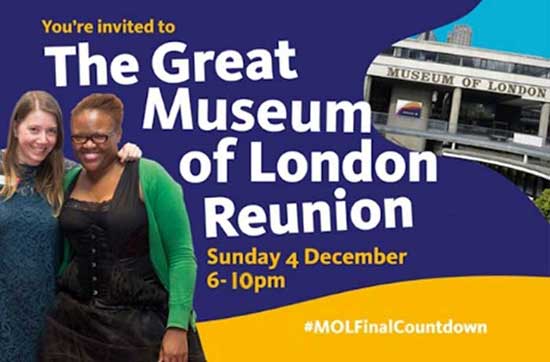 Invite to the ‘Great Museum of London Reunion & Super-Spreader event’: ‘Come in my pretties!’
Invite to the ‘Great Museum of London Reunion & Super-Spreader event’: ‘Come in my pretties!’
‘Inflated view from a balloon over Gutter Lane’
The Photos
Ian Blair
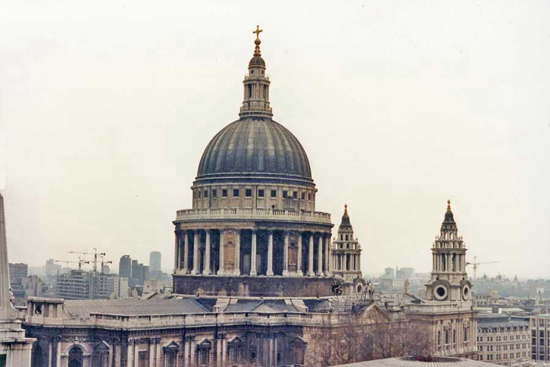 Photo 1 (looking south-west)St Paul’s Cathedral
Photo 1 (looking south-west)St Paul’s Cathedral
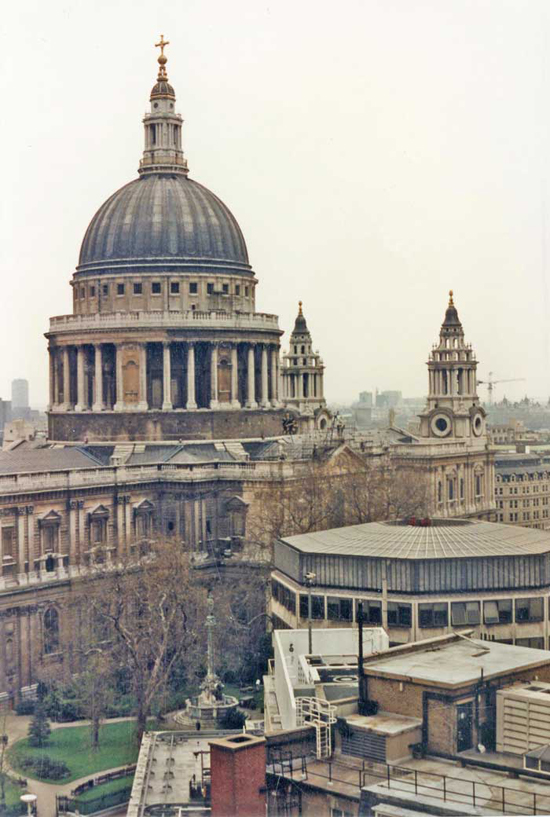 Photo 2 (looking south-west) St Paul’s Cathedral with St Paul’s Cross in Churchyard in left foreground
Photo 2 (looking south-west) St Paul’s Cathedral with St Paul’s Cross in Churchyard in left foreground
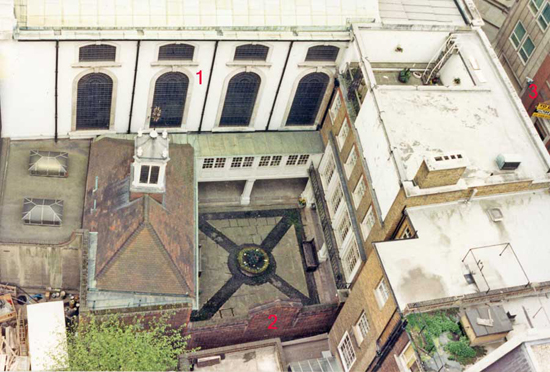 Photo 3 (looking south-west)1. North side of St Vedast alias Foster and enclosed courtyard
Photo 3 (looking south-west)1. North side of St Vedast alias Foster and enclosed courtyard
2. Priest’s Court alleyway
3. Foster Lane
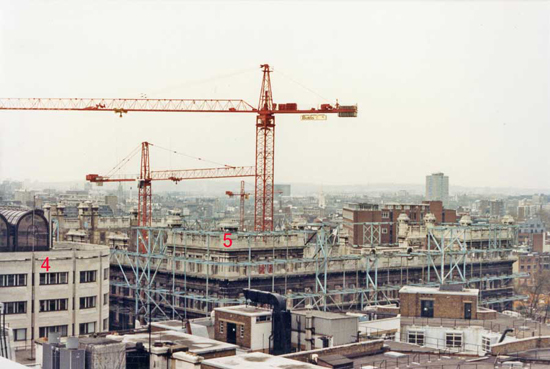 Photo 4 (looking north-west)4. British Telecom Headquarters, 81 Newgate Street.
Photo 4 (looking north-west)4. British Telecom Headquarters, 81 Newgate Street.
Site of DUA excavations (GPO75) & (POM79) (Currently being demolished February 2023)
5. North Range of the General Post Office Headquarters, 1 St Martin-le-Grand
(Renamed Nomura House following redevelopment in 1988)
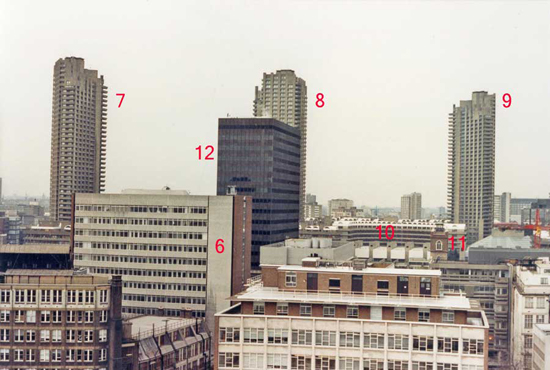 Photo 5 (looking-north) 6. One London Wall (demolished 2003)
Photo 5 (looking-north) 6. One London Wall (demolished 2003)
(MoLAS offices were based here from 1991-98 during the reign of Peter Chowne)
7. Lauderdale Tower, Barbican
8. Shakespeare Tower, Barbican
9. Cromwell Tower, Barbican
10. Frobisher Crescent, Barbican
11. St Giles Without Cripplegate
12. Bastion House, 140 London Wall (built over the east side of the Museum of London
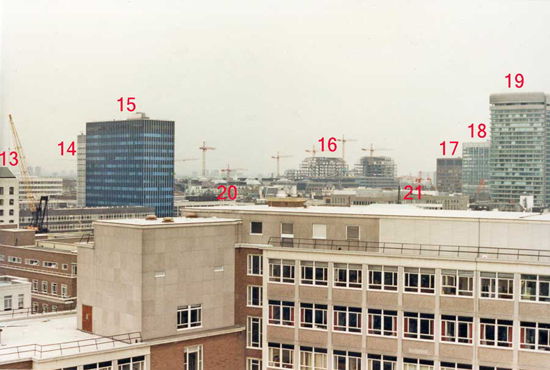
Photo 6 (looking north-east)13. Wood Street Police Station, 37 Wood Street
(Decommissioned and sold by the City of London Corporation in 2020 to be converted into a ‘boutique 5 star hotel’)
14. Britannic House or Britannic Tower, 1 Ropemaker Street
(Refurbished in 2000 and renamed Citypoint)
15. City Tower, 40 Basinghall Street
(Refurbished in 2013 and renamed Beaumont City Tower)
16. Broadgate under development
17. Dashwood House, 69 Old Broad Street
(Refurbished in 2007-2008 with two floors added)
18. Winchester House, 74-82 London Wall (demolished in 1997)
19. Drapers Gardens, 12 Throgmorton Avenue
(Demolished in 2007: at that time the joint.tallest building demolished in the country). Replaced in 2009 by the current 16-storey building. Site of important Pre-Construct Archaeology (PCA) excavation (DGT 06)
20. Electra House, 84 Moorgate (Dome) topped with an imposing bronze sculpture of four cherubs holding aloft a globe within a wire structure showing the signs of the zodiac
Now part of the London Metropolitan University
21. Guildhall (Spire)
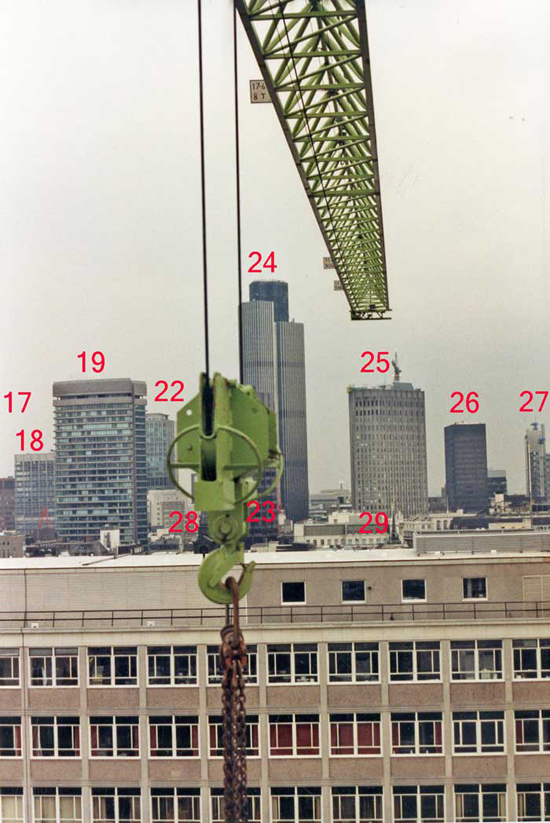 Photo 7 (looking-east)
Photo 7 (looking-east)
17. Dashwood House, 69 Old Broad Street (Refurbished in 2007-2008 with two floors added)
18. Winchester House, 74-82 London Wall (demolished in 1997)
19. Drapers Gardens, 12 Throgmorton Avenue 22. Hong Kong & Shanghai Bank building, 99 Bishopsgate
(Reconstructed in 1996, and extensively refurbished between 2006-2012)
23. Angel Court Tower, 1 Angel Court
(Partially demolished in 2014 with the new One Angel Court tower reusing the old concrete core which was extended by three storeys)
24. NatWest Tower, 25 Old Broad Street (renamed Tower 42)
25. Stock Exchange Tower, 125 Old Broad Street (The building underwent a major renovation in 2008 that saw its pre-cast concrete facade replaced by a glass curtain wall)
26. Commercial Union Building / Aviva Tower, 1 Undershaft (Now St Helen's Skyscraper)
Heavily damaged in the Baltic Exchange bombing in 1992 and substantially renovated. (In 2019 plans were approved to build London’s second-tallest 1,000 feet tall skyscraper the Trellis Tower on the site)
27. Lloyds Building, 1 Lime Street
28. St Lawrence Jewry (Spire)
29. St Margaret Lothbury (Spire)
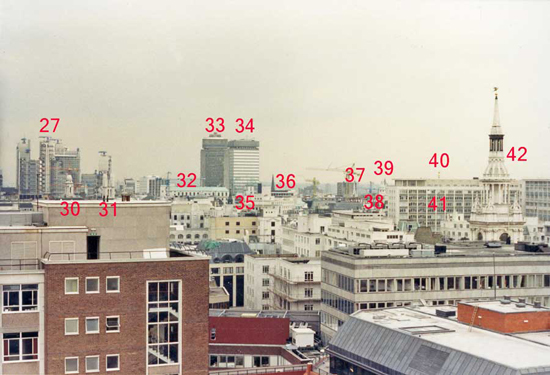 Photo 8 (looking south-east)
Photo 8 (looking south-east)
27. Lloyds Building, 1 Lime Street
30. Royal Exchange clock tower
31. St Michael Cornhill (Tower)
32. Barclays Bank, 20 Gracechurch Street, 54 Lombard Street
(Rebuilt in 1992 & further renovated 2009: new building known as 'The Jukebox' due to its passing resemblance to a Wurlitzer)
33. Limebank House, 168 Fenchurch Street (demolished 1998)
Former International headquarters of Barclays Bank
34. 20 Fenchurch Street (demolished 2008)
Now the Fenchurch Building or ‘Walkie Talkie’
35. St Edmund the King and Martyr, Lombard Street (Spire)
36. St Margaret Pattens (Spire)
37. St Dunstan-in-the-East (Spire)
38. 68 King William Street, Former Guardian Assurance Company building and Lloyds Bank
39. Tower Bridge
40. The Monument
41. Bucklersbury House, 83 Cannon Street (demolished 2010)
Now Bloomberg London & Walbrook Square (Site of Roman Temple of Mithras and MOLA Bloomberg excavation (BZY10))
42. St Mary Le Bow (Tower)
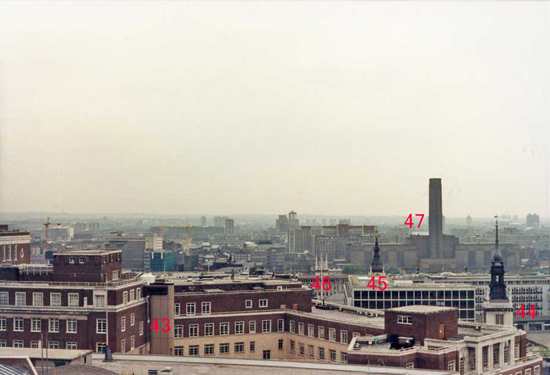
Photo 9 (looking south)
43. New Change (now One New Change)
44. St Augustine Watling Street (Tower)
45. St Nicholas Cole Abbey (Spire)
46. St Mary Somerset (Tower)
47. Bankside Power Station (now Tate Modern)
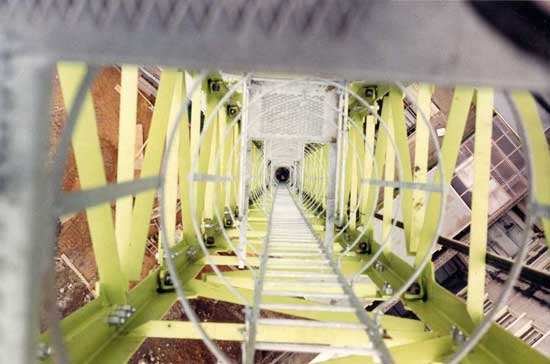 Vertigo-inducing view looking down the access tower of the Gutter Lane crane. The archaeologist at its base is thought to be Nick Shepherd
Vertigo-inducing view looking down the access tower of the Gutter Lane crane. The archaeologist at its base is thought to be Nick Shepherd

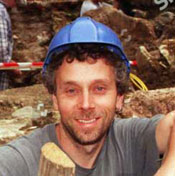

Comments powered by CComment